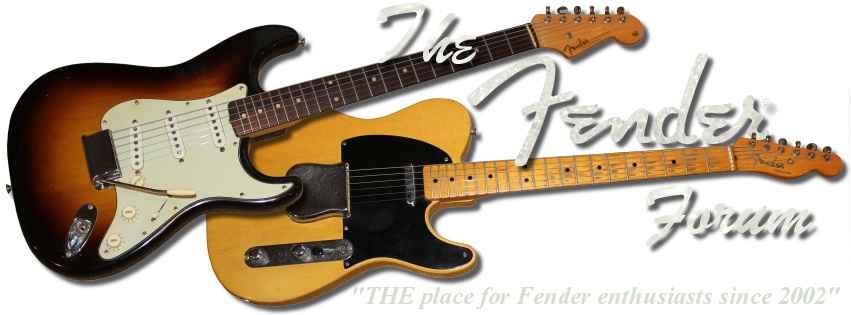WHY DID FENDER PUT THESE HUGE POWER RESISTORS ON THE 2 POWER TUBES OF MY68 SILVERFACED 50 WATT BASSMAN HEAD ?
THE RESISTOR VALUES ARE BOTH (10 W 400 10% ) CAN I REMMOVE THESE RESISTORS TO TIGHTEN UP MY AMP ?
I NEED SUGESSTIONS
THANK YOU
LOU GUITARNOISE2002@HOTMAIL.COM
PASS ME ANY GOOD SAFE SIMPLE MODS OR IDEAS I HAD TO TAKE THIS SHIT AMP APART TO CHANGE THE 1 MEG VOLUME POT SO I AM CURIOUS
THANK YOU
PLEASE REPLY BACK




 Reply With Quote
Reply With Quote
